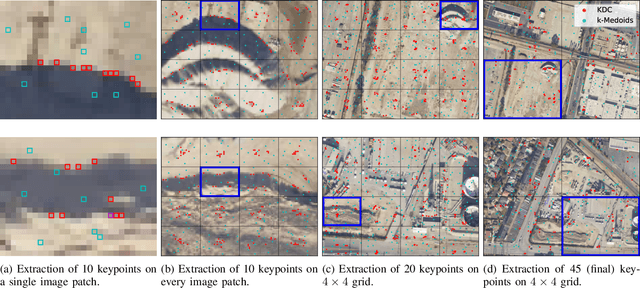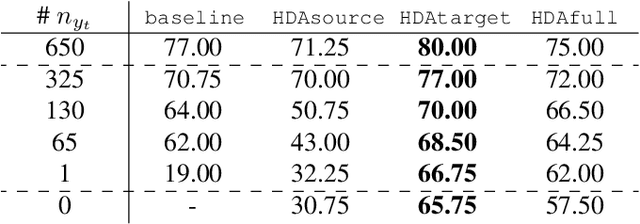Romain Hugues
TAS
Towards Bundle Adjustment for Satellite Imaging via Quantum Machine Learning
Apr 23, 2022



Abstract:Given is a set of images, where all images show views of the same area at different points in time and from different viewpoints. The task is the alignment of all images such that relevant information, e.g., poses, changes, and terrain, can be extracted from the fused image. In this work, we focus on quantum methods for keypoint extraction and feature matching, due to the demanding computational complexity of these sub-tasks. To this end, k-medoids clustering, kernel density clustering, nearest neighbor search, and kernel methods are investigated and it is explained how these methods can be re-formulated for quantum annealers and gate-based quantum computers. Experimental results obtained on digital quantum emulation hardware, quantum annealers, and quantum gate computers show that classical systems still deliver superior results. However, the proposed methods are ready for the current and upcoming generations of quantum computing devices which have the potential to outperform classical systems in the near future.
A Cycle GAN Approach for Heterogeneous Domain Adaptation in Land Use Classification
Apr 22, 2020



Abstract:In the field of remote sensing and more specifically in Earth Observation, new data are available every day, coming from different sensors. Leveraging on those data in classification tasks comes at the price of intense labelling tasks that are not realistic in operational settings. While domain adaptation could be useful to counterbalance this problem, most of the usual methods assume that the data to adapt are comparable (they belong to the same metric space), which is not the case when multiple sensors are at stake. Heterogeneous domain adaptation methods are a particular solution to this problem. We present a novel method to deal with such cases, based on a modified cycleGAN version that incorporates classification losses and a metric space alignment term. We demonstrate its power on a land use classification tasks, with images from both Google Earth and Sentinel-2.
 Add to Chrome
Add to Chrome Add to Firefox
Add to Firefox Add to Edge
Add to Edge